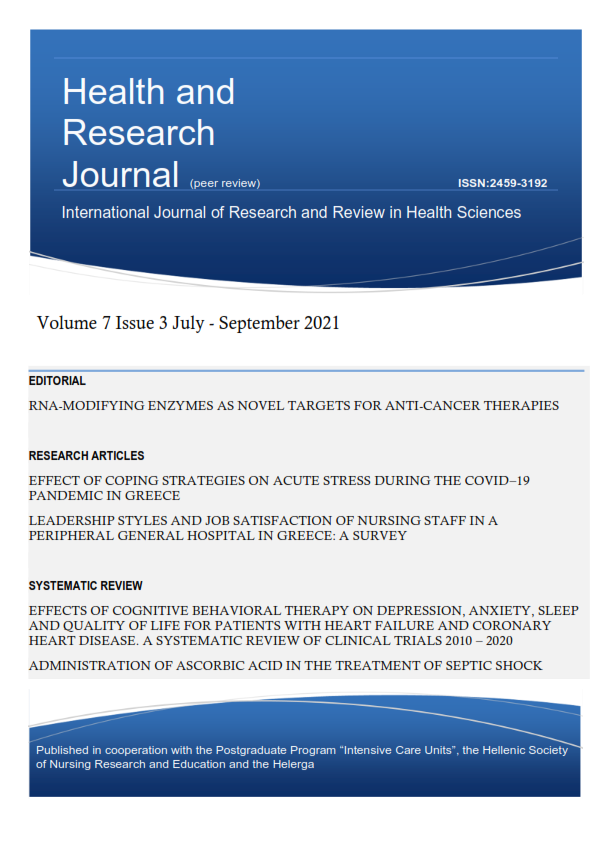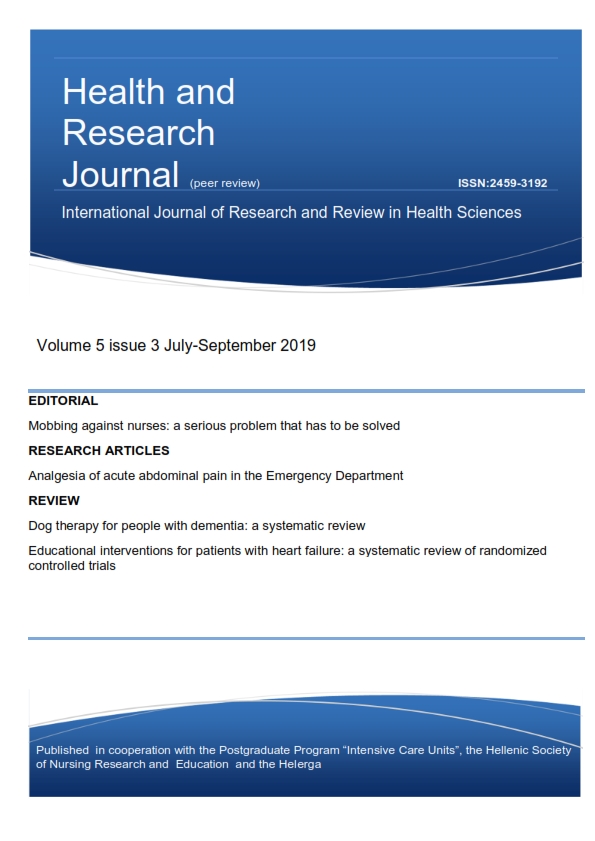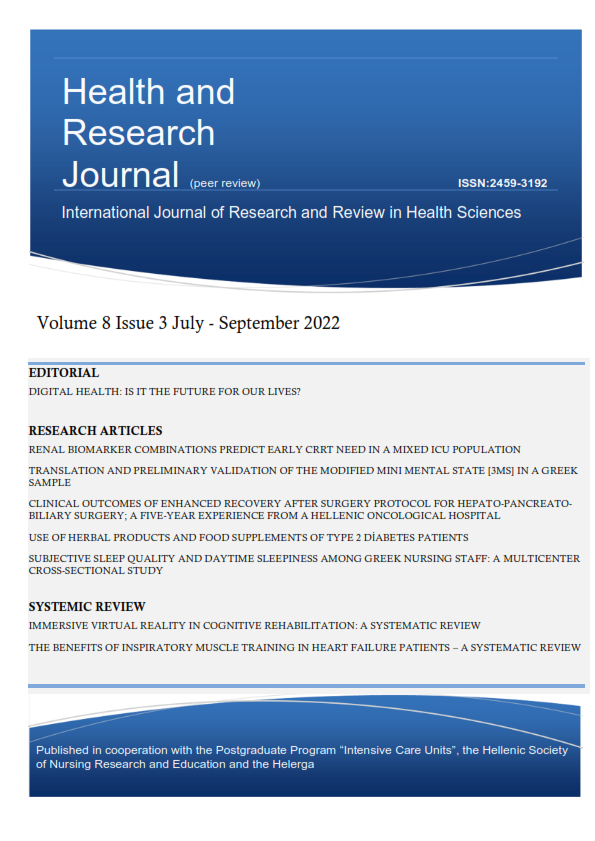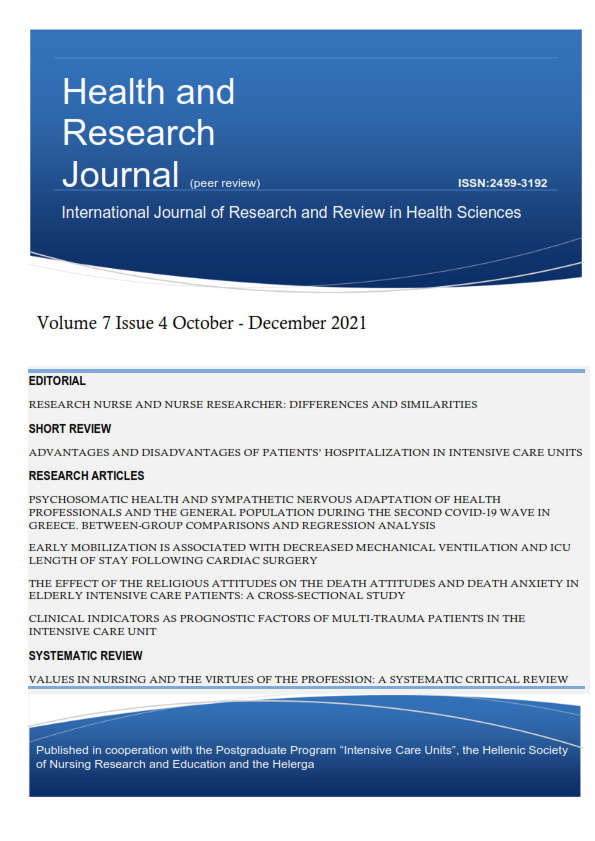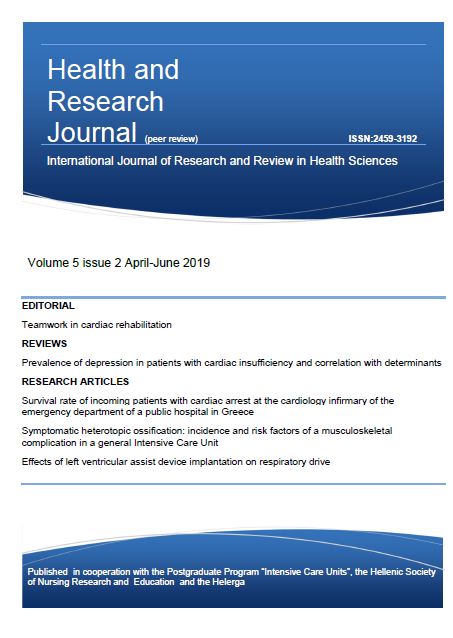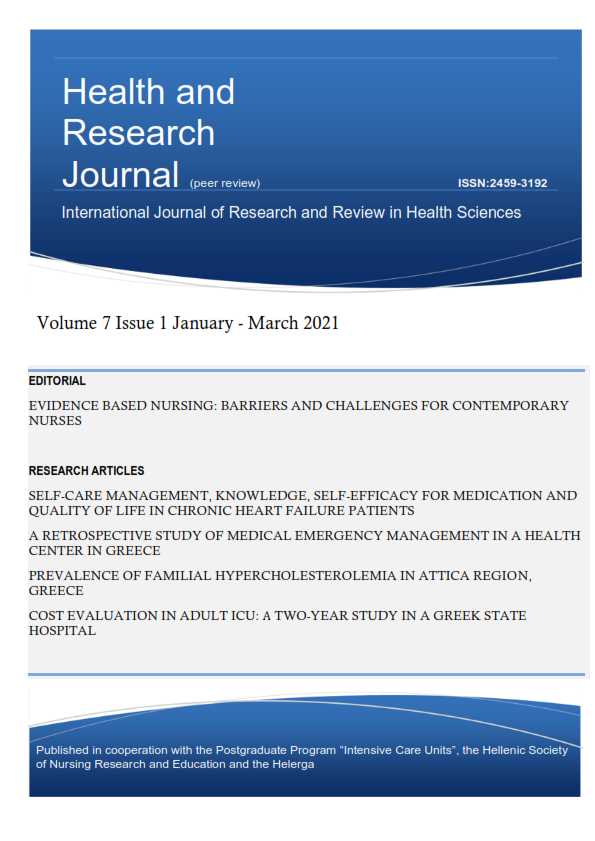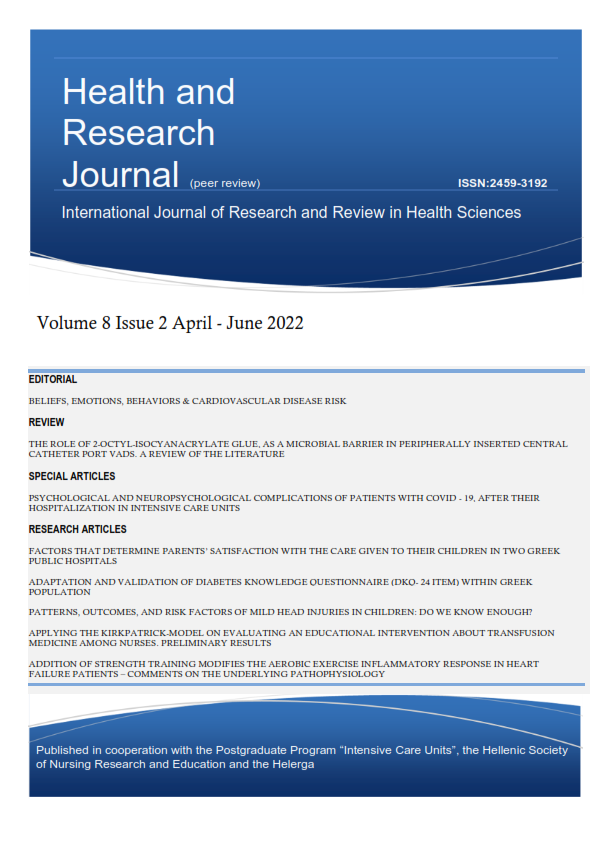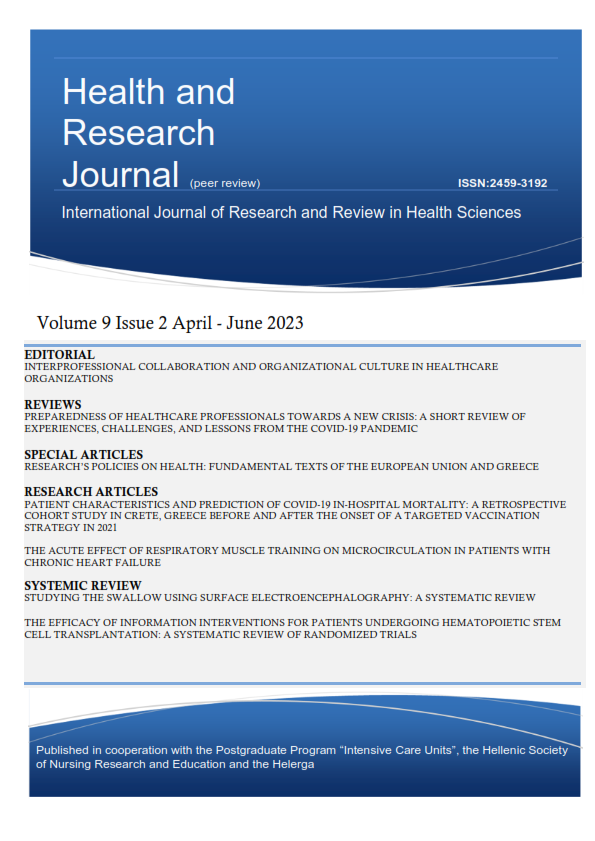Suitability, usability and safety of fully immersive Virtual Reality applications for motor and cognitive rehabilitation in stroke patients preliminary data.
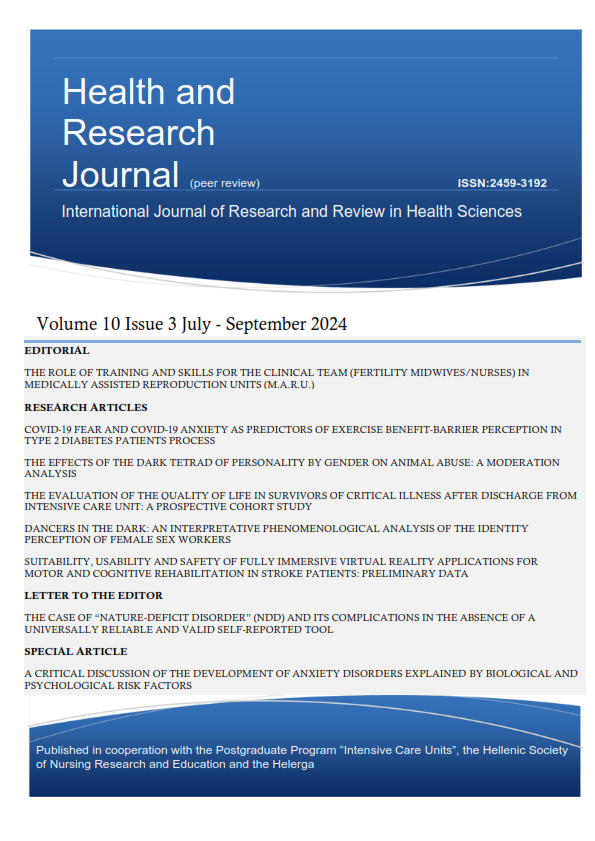
Abstract
Background: The use of immersive Virtual Reality (VR) in stroke rehabilitation appears to be promising for the improvement of motor and cognitive functions.
Methods: The purpose of this pilot study was to investigate the suitability, usability and safety of VR applications that combine motor and cognitive training. Patients suffering from stroke in a subacute phase, and with Mini Mental State Examination (MMSE) ≥18/30, participated in the study. In the context of the REACT project, two IVR applications were designed and created, combining the use of motor and cognitive skills. Full immersion was achieved using the Head Mounted Display (HMD) Oculus Rift S. The intervention lasted for 4 weeks. The Suitability Evaluation Questionnaire (SEQ) was used for measurements. Values are expressed in the median (25th-75th percentile).
Results: Four patients [age: 64.5(61.0-69.5) years, gender:1 female / 3 male] in the 3rd-14th week of rehabilitation were finally included. Overall, the patient's SEQ score was 61(55-63). No adverse effects were reported, only one patient reported mild confusion 5.0(4.8-5.0) in one assessment. No differences were found in the comparison between first and second evaluation [61(58-62) vs 61(48-64), p>0.05].
Conclusions: The primary results of this study show that the equipment is usable, safe, and suitable for use in the rehabilitation of patients with stroke in the early stages of rehabilitation. However, more large-scale studies are needed to investigate the validity and effects of VR applications in the neurorehabilitation of various disorders.
Article Details
- How to Cite
-
Roussou, G., Despoti, A., Patsaki, I., Tzoumi, D., Leventakis, N., Dimitriadi, N., Papathanasiou, A., Alexandropoulou, A., Nanas, S., & Karatzanos, E. (2024). Suitability, usability and safety of fully immersive Virtual Reality applications for motor and cognitive rehabilitation in stroke patients preliminary data. Health & Research Journal, 10(3), 193–205. https://doi.org/10.12681/healthresj.34734
- Section
- Original Articles
Copyright notice:
The journal "Health and Research Journal" reserves the rights for copyright of the content of the website and also the copyright of the articles published.
By virtue of their appearance in this journal, the articles are free to be used for non-commercial purposes. However, the articles cannot and must not be used in anyway, published elsewhere or modified without any reference to the author and the first publication of the article.



